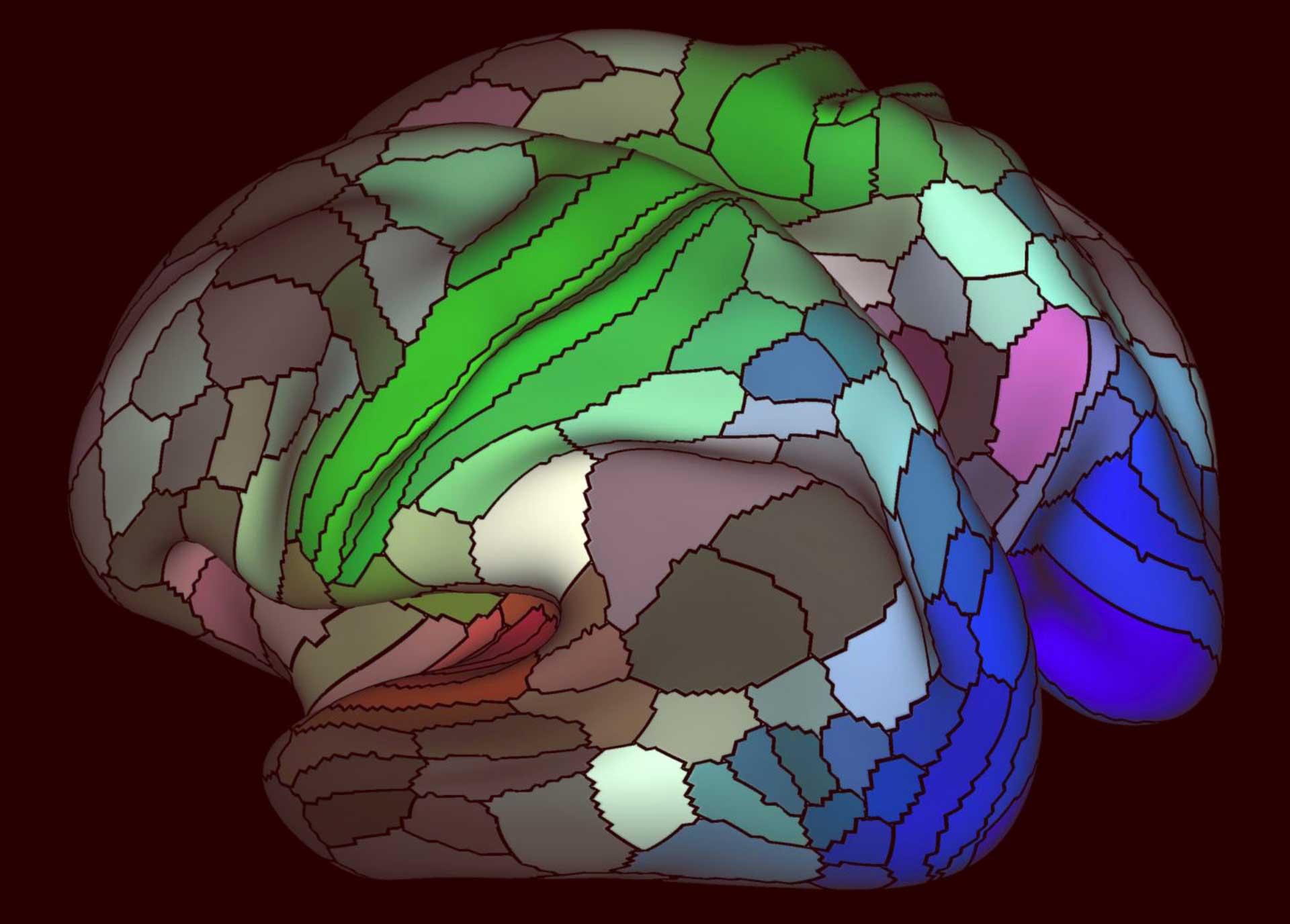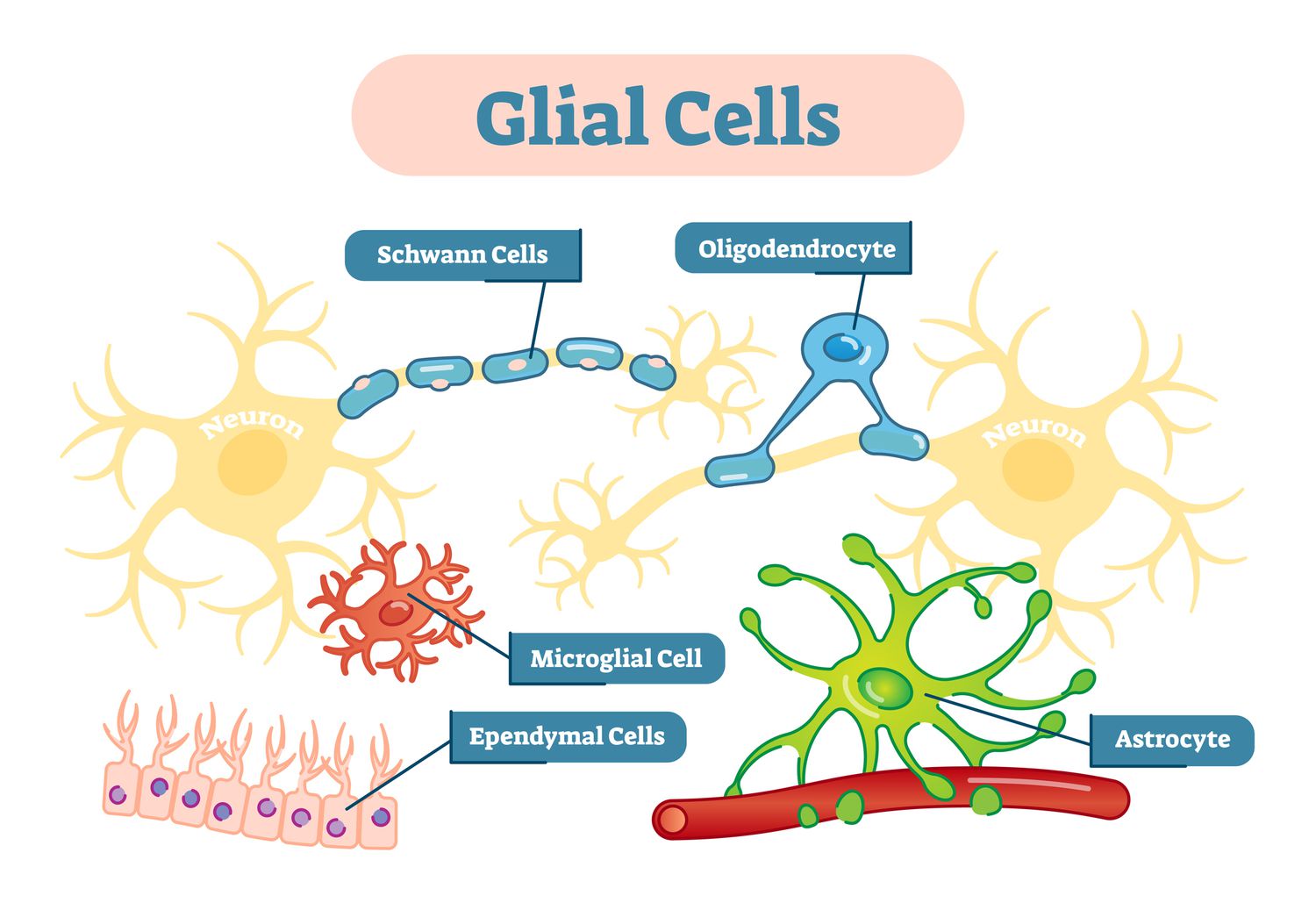Delving Deep into the Mind: Eighteen Revolutionary Breakthroughs Redefining the Landscape of Neuroscience
The human mind is a complex entity, an intricate labyrinth of thoughts, emotions, and memories. It is a subject that has fascinated and perplexed scientists for centuries. In recent years, the field of neuroscience has made some groundbreaking discoveries that have revolutionized our understanding of the brain and its functions. This article will delve into eighteen of these revolutionary breakthroughs, each one redefining the landscape of neuroscience in its unique way. From the discovery of new brain regions to the development of sophisticated neuroimaging techniques, these breakthroughs have not only deepened our understanding of the mind but also opened up new possibilities for treating neurological disorders.
The Discovery of New Brain Regions

The human brain is a complex organ composed of several different regions, each responsible for a specific function. One of the most significant breakthroughs in neuroscience was the discovery of new brain regions. These discoveries have helped us understand the brain's complexity and the various roles each region plays. For instance, the discovery of the claustrum, a thin sheet of neurons deep within the brain, has shed light on consciousness and how our brain integrates information.
Advances in Neuroimaging

Neuroimaging technologies have revolutionized neuroscience, allowing scientists to visualize the brain in unprecedented detail. Techniques such as functional magnetic resonance imaging (fMRI) and positron emission tomography (PET) have provided insights into the brain's structure and function, leading to breakthroughs in diagnosing and treating neurological disorders.
Understanding Neuroplasticity

Neuroplasticity, the brain's ability to change and adapt, is a concept that has transformed neuroscience. It has debunked the old belief that the brain is a static organ, showing instead that it is dynamic and can rewire itself in response to experience and learning. This understanding of neuroplasticity has paved the way for new therapies for conditions such as stroke and brain injury.
The Role of Glial Cells

Traditionally, neurons have been considered the primary players in the brain. However, recent research has highlighted the crucial role of glial cells, once thought to be mere support cells. Scientists now know that glial cells play essential roles in brain function, including maintaining homeostasis, forming myelin, and providing support and protection for neurons.
The Human Connectome Project

The Human Connectome Project is a landmark study in neuroscience. Its goal is to build a comprehensive map of the brain's neural connections, known as the "connectome." This project has yielded valuable insights into the brain's structure and function, and could revolutionize our understanding of neurological disorders.
The field of neuroscience has made significant strides in understanding the brain and its functions. These eighteen breakthroughs have not only deepened our understanding of the mind but also opened up new possibilities for treating neurological disorders. As we continue to delve deeper into the mind, we can look forward to even more revolutionary discoveries that will continue to redefine the landscape of neuroscience.







